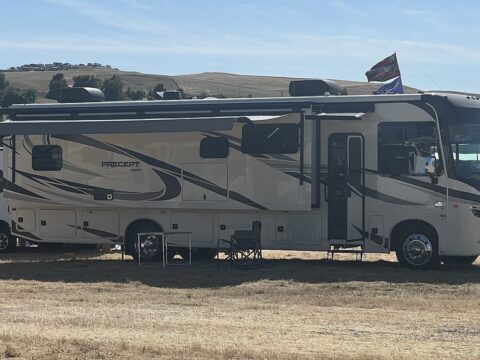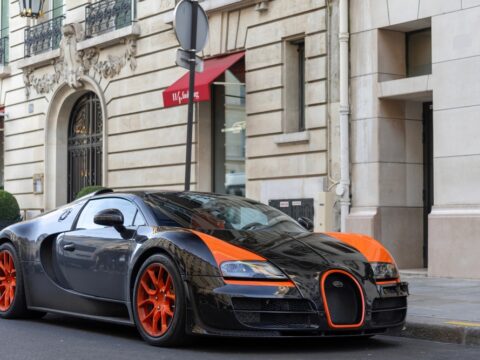Muscle cars typically epitomize power and panache, but some models have strayed from this winning formula, garnering attention for their unconventional and less-than-appealing looks. This article explores a selection of these distinctive vehicles, each notable for its unique style that might not resonate with traditional muscle car enthusiasts.
Contents
Pontiac Aztek
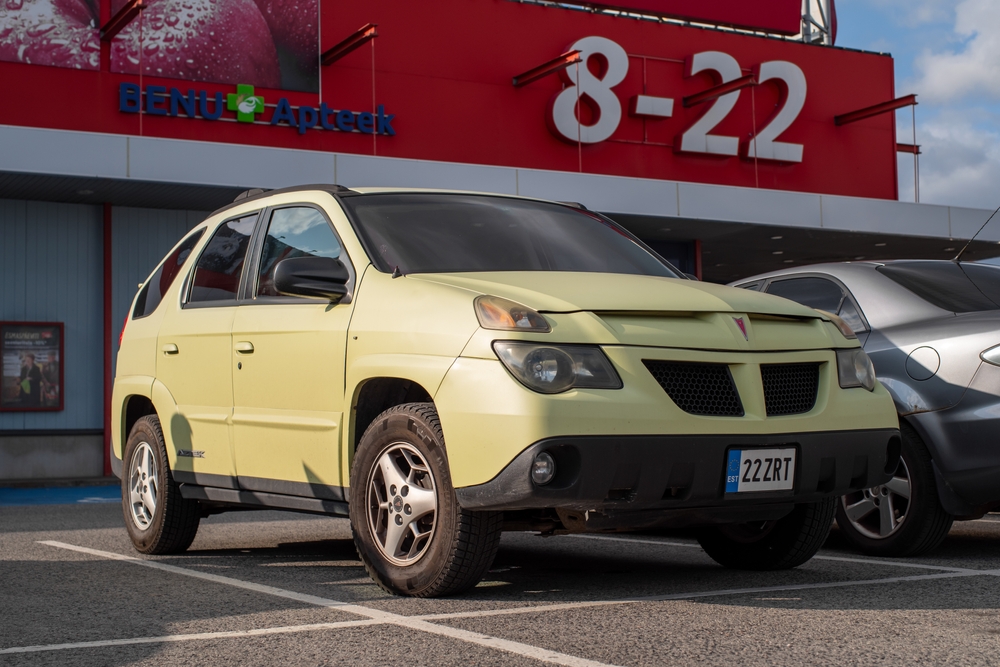
Often considered one of the ugliest cars ever made, the Pontiac Aztek is notorious for its awkward proportions and clunky design. Originally intended to appeal to a younger demographic, its unconventional aesthetics combined elements of an SUV with a hatchback, resulting in a confused identity that was neither sleek nor rugged.
Ford Mustang II
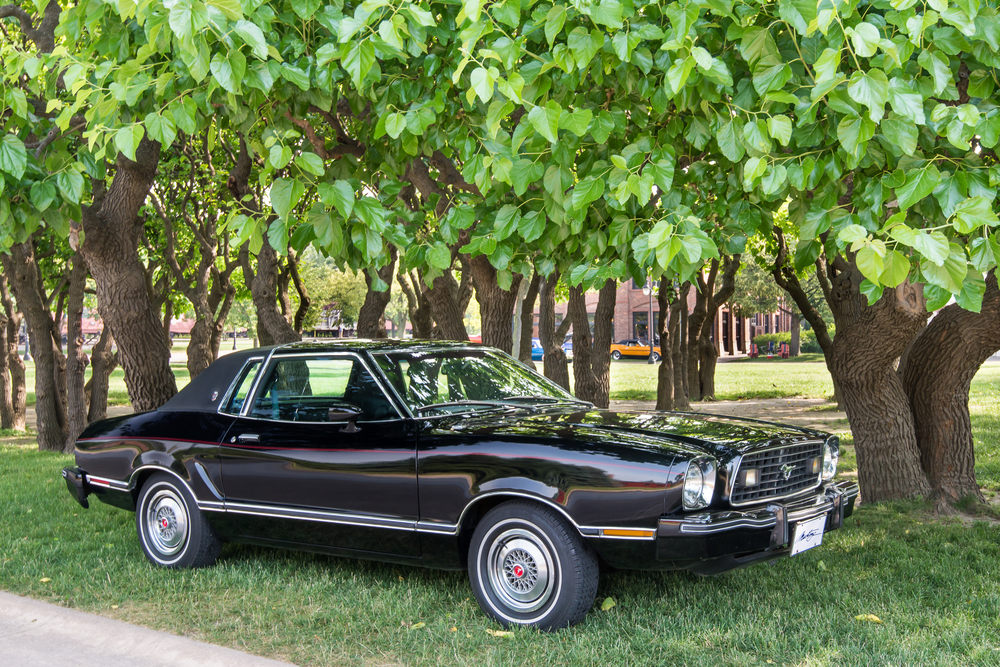
Introduced in the 1970s during the oil crisis, the Ford Mustang II was a drastic departure from the classic Mustang formula. Smaller and less powerful, its design was heavily criticized for lacking the muscular and aggressive stance that made the original Mustang iconic. This version is often seen as a low point in Mustang history.
AMC Gremlin
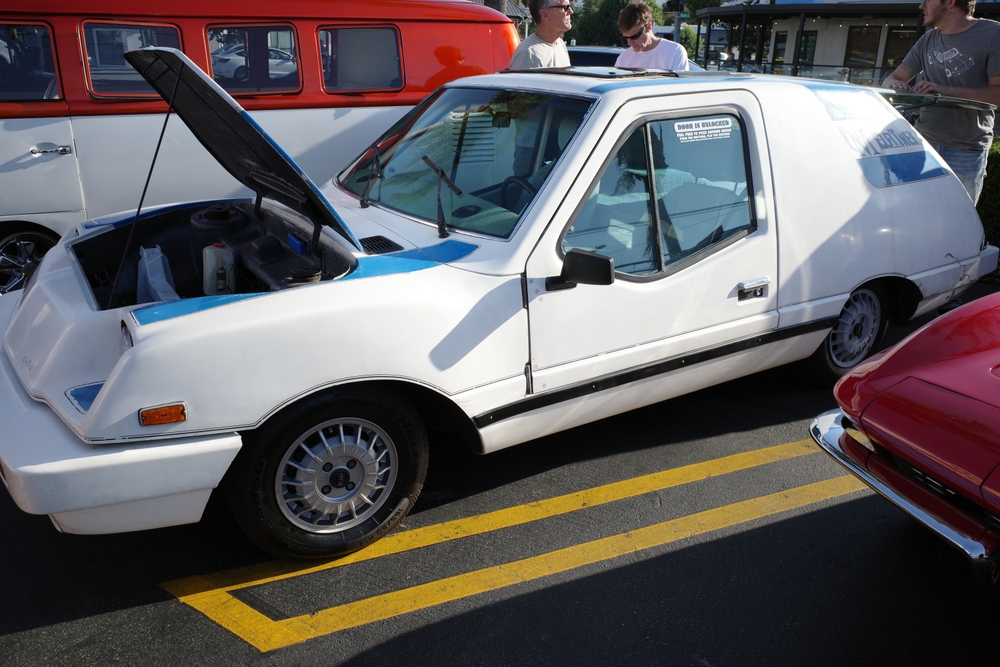
The AMC Gremlin’s design is famously polarizing due to its chopped-off rear end, which gives it a very distinct and unconventional look. Designed to be economical and compact, the Gremlin’s quirky shape has been both mocked and celebrated as a bold departure from traditional car designs.
Cadillac Cimarron
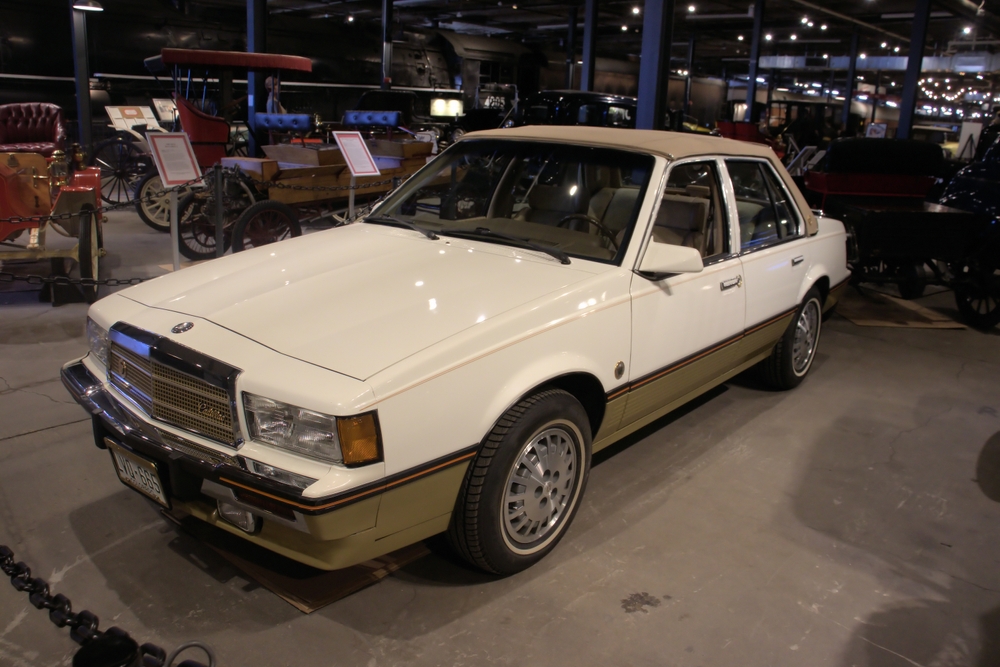
The Cadillac Cimarron is infamous for being a rebadged version of a less expensive car, attempting to be a luxury compact vehicle but falling short in both luxury and performance. Its nondescript styling and lack of significant power made it a poor representative of the Cadillac brand and an oddity among muscle cars.
Chevrolet Monza

The Chevrolet Monza was designed during the 1970s fuel crisis and attempted to offer a sporty yet fuel-efficient vehicle. Its styling, however, was less than well-received. Featuring an oddly proportioned body and a cramped interior, the Monza tried to look like a smaller Corvette but ended up looking disproportionate. The large rear window and sloping roof did not integrate well with the rest of the car’s design, making it visually awkward.
AMC Pacer
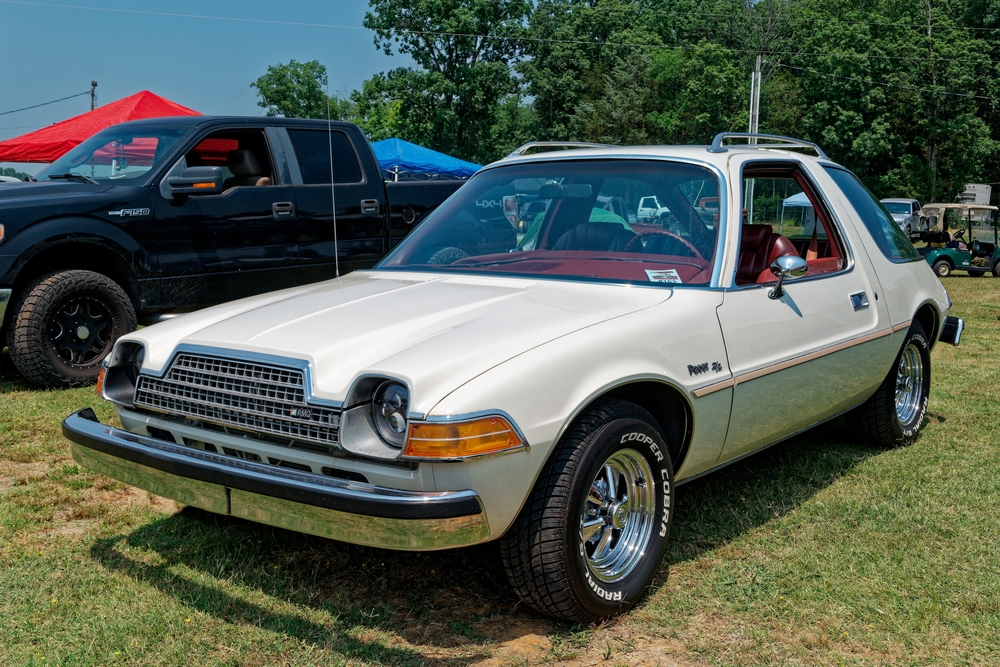
With its wide body and rounded shape, the AMC Pacer was designed to offer a futuristic look and improved visibility through large glass areas. However, its unusual proportions made it look bulbous and awkward, drawing criticism for its fishbowl-like appearance.
Chrysler LeBaron
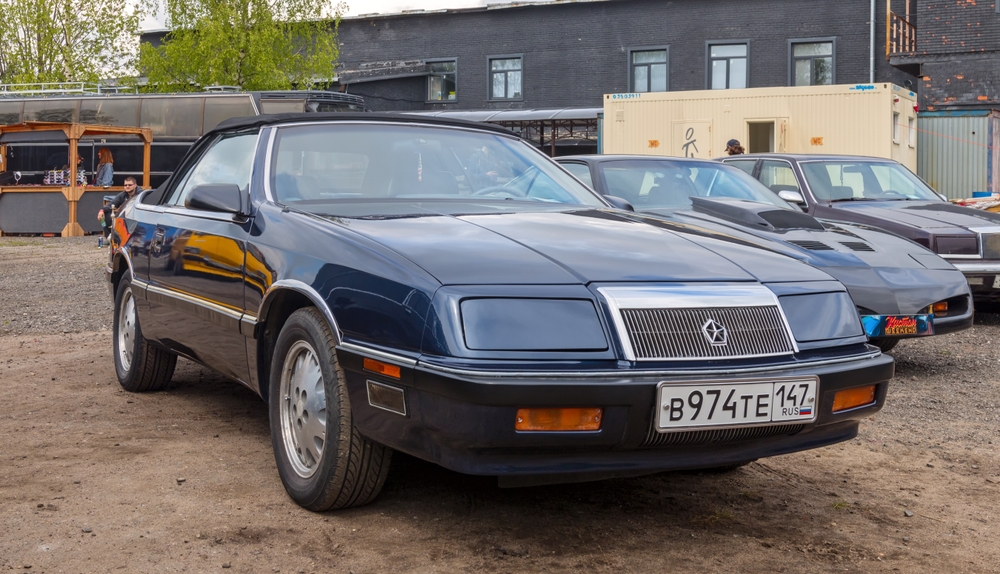
In the 1980s, the Chrysler LeBaron was an attempt at a luxury compact car, but its boxy styling and modest performance did not live up to the expectations of a muscle car audience. It was more practical than exciting, which left much to be desired in terms of aesthetics and driving experience.
Chevrolet Chevette
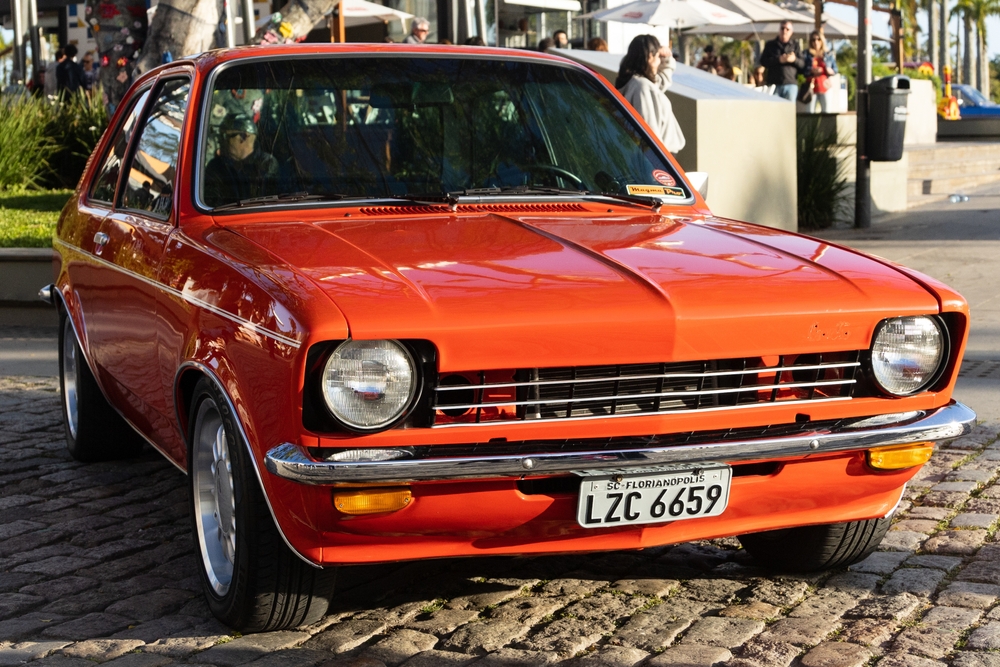
As a basic subcompact car, the Chevrolet Chevette was designed primarily for affordability and efficiency. Its very plain and utilitarian design lacked any distinctive features that might appeal to muscle car enthusiasts, making it an unusual choice for anyone looking for style or power.
Mercury Bobcat
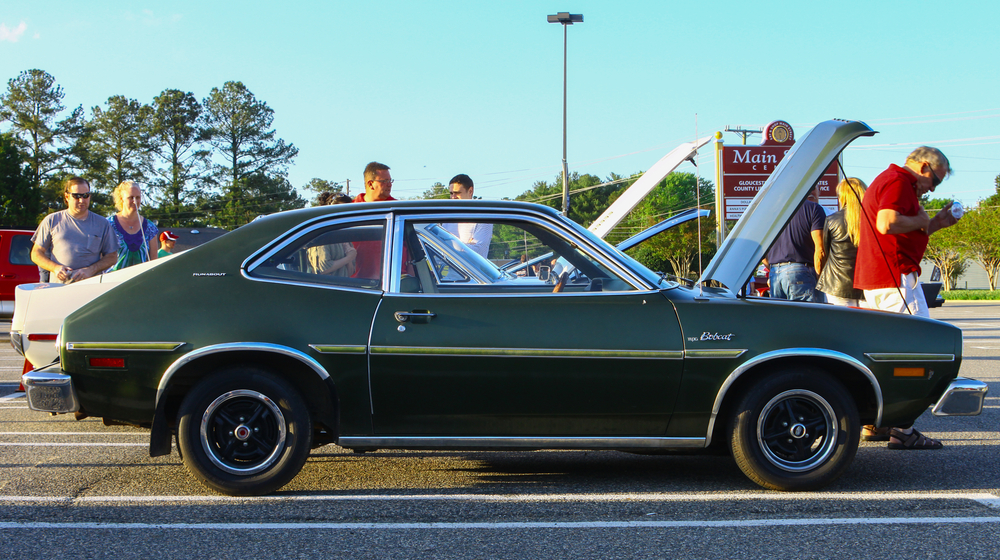
Essentially a rebadged Ford Pinto, the Mercury Bobcat suffered from many of the same issues as its counterpart. Its attempt to be luxurious with minor cosmetic tweaks did little to elevate its appeal, maintaining a rather awkward and ungainly stance.
Chevrolet Vega
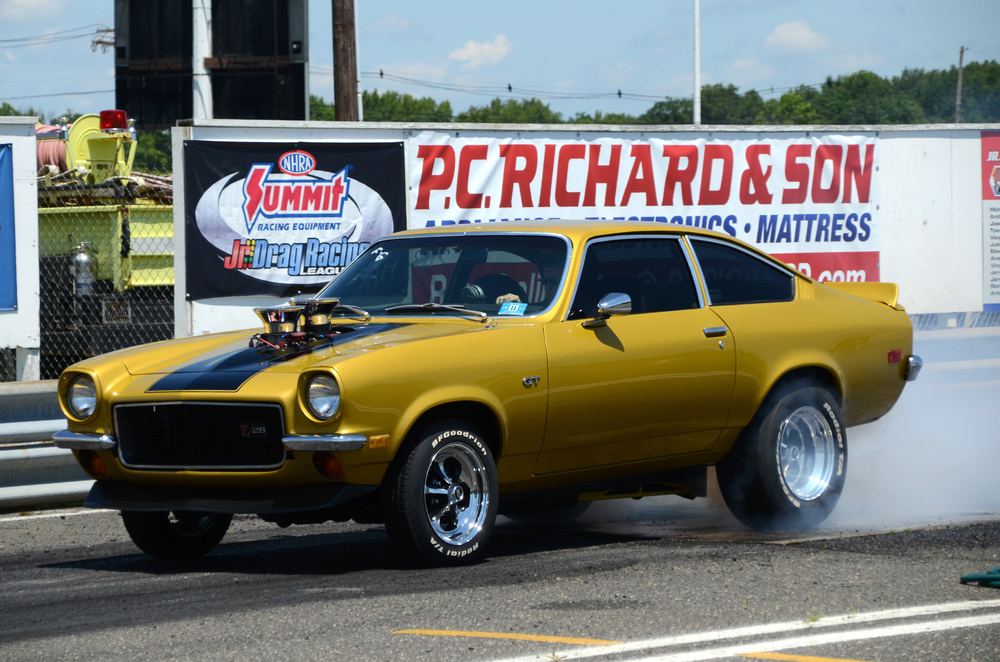
The Vega was Chevrolet’s attempt to enter the subcompact market but ended up being criticized for its reliability issues and mediocre design. Although it had a relatively clean design for its time, it failed to stand out as anything but an ordinary, everyday car with no muscle appeal.
Oldsmobile Omega
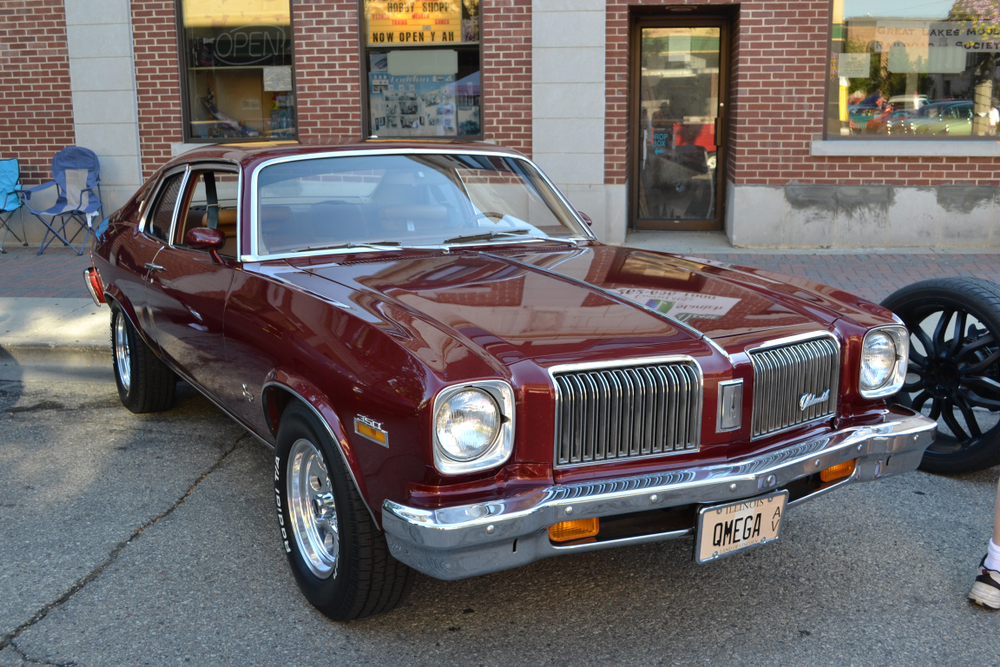
Built on the compact X-body platform shared with the Chevrolet Nova, the Oldsmobile Omega was a small, unremarkable car lacking the grandeur typical of the Oldsmobile brand. Its nondescript appearance and modest performance did little to impress muscle car enthusiasts.
Dodge Aspen
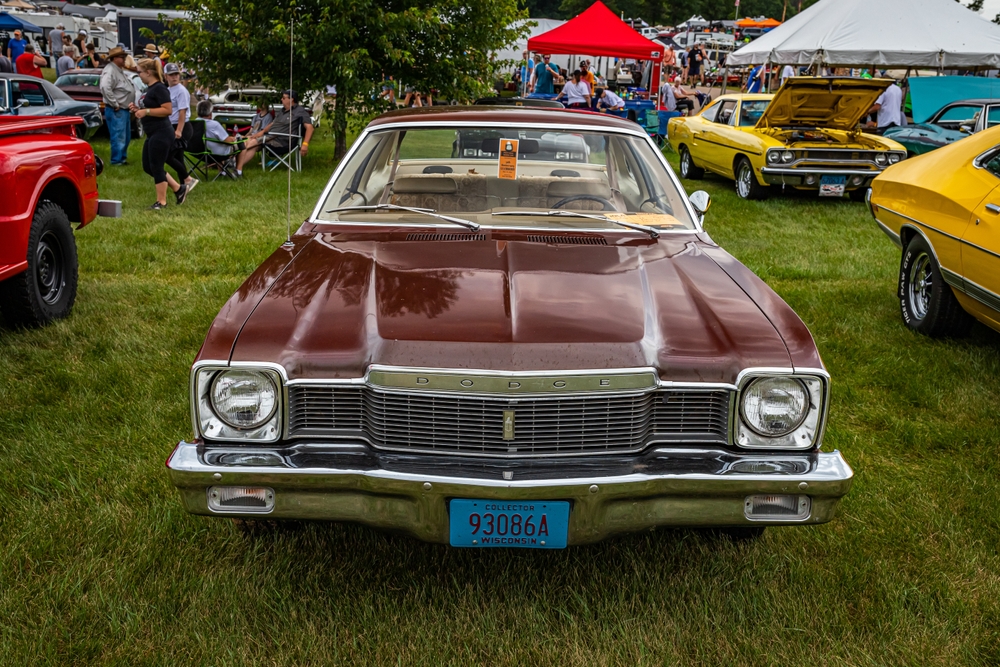
The Dodge Aspen was introduced as a compact car with modest styling and performance capabilities. Its conventional design and lack of distinctive muscle car traits made it largely forgettable in the eyes of car enthusiasts looking for something bold and powerful.
Ford Fairmont
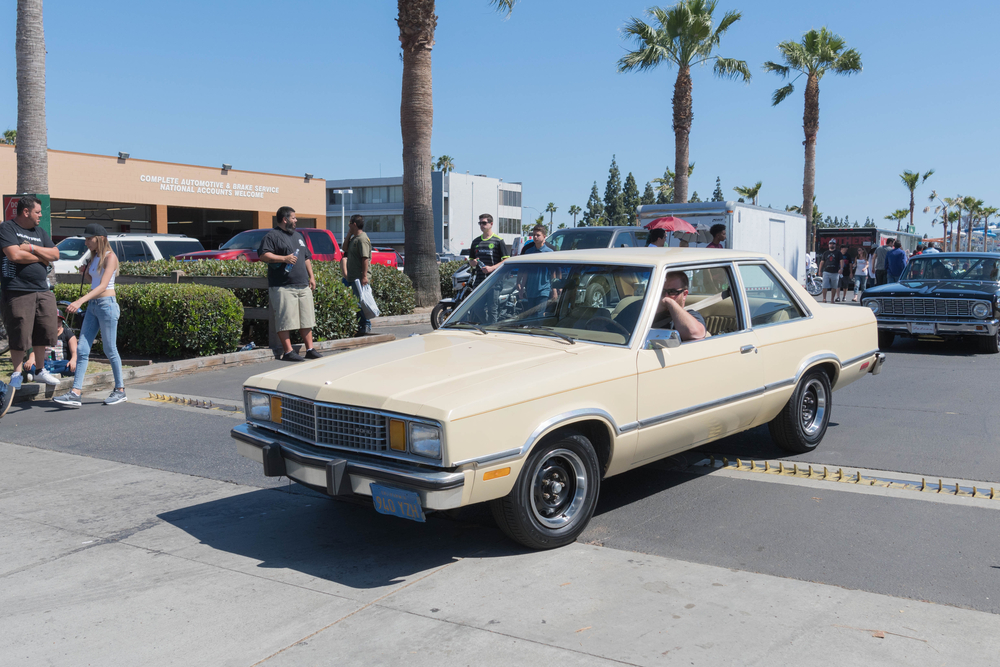
The Ford Fairmont’s design was very much a product of its time—boxy and plain, prioritizing economy and practicality over style or performance. Lacking any distinctive muscle car features, it was seen as mundane and conservative.
Plymouth Volare

Similar to the Dodge Aspen, the Plymouth Volare was another example of a compact car that did little to excite the automotive world. Its styling was safe and unadventurous, and it did not offer the kind of performance or aesthetics expected from more muscular vehicles.
Jensen Interceptor

The Jensen Interceptor combined British car manufacturing with American power, but its design was something of an acquired taste. Featuring a large, fishbowl-like rear window and a body that seemed to mix muscle car traits with luxury car dimensions awkwardly, the Interceptor stood out for the wrong reasons. Though it packed a potent V8 engine, its heavy, GT-car build and peculiar styling choices made it a polarizing figure in the muscle car community.
This article originally appeared on MyCarMakesNoise.
More from MyCarMakesNoise
10 Electric Vehicles Ideal for Long-Distance Road Trips
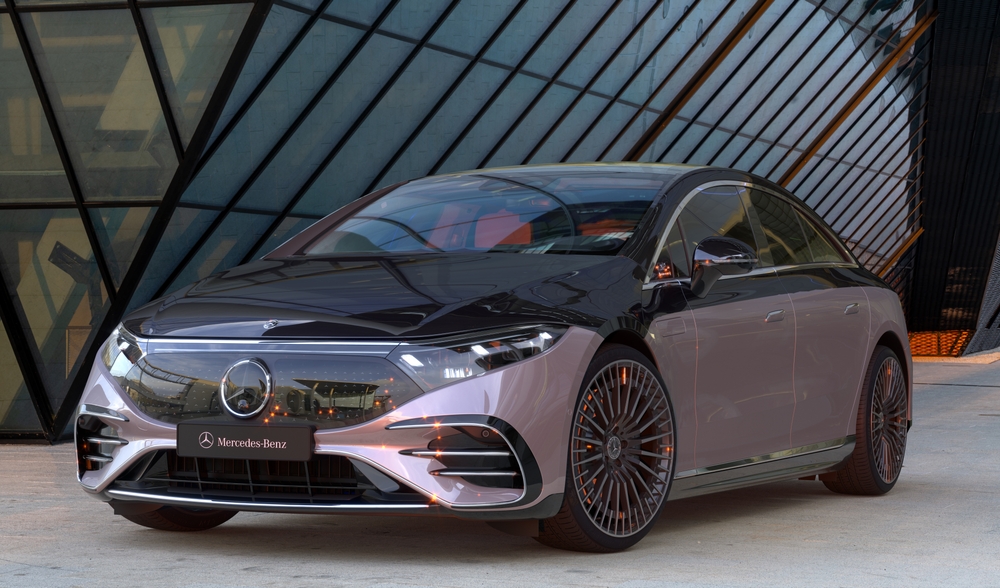
The electric vehicle (EV) market is rapidly evolving, offering an increasingly diverse range of options for eco-conscious drivers. Among these, long-range EVs stand out, offering the freedom to embark on extended journeys without the frequent need for recharging. Read More.
10 Used Honda Models You Should Steer Clear Of At All Costs
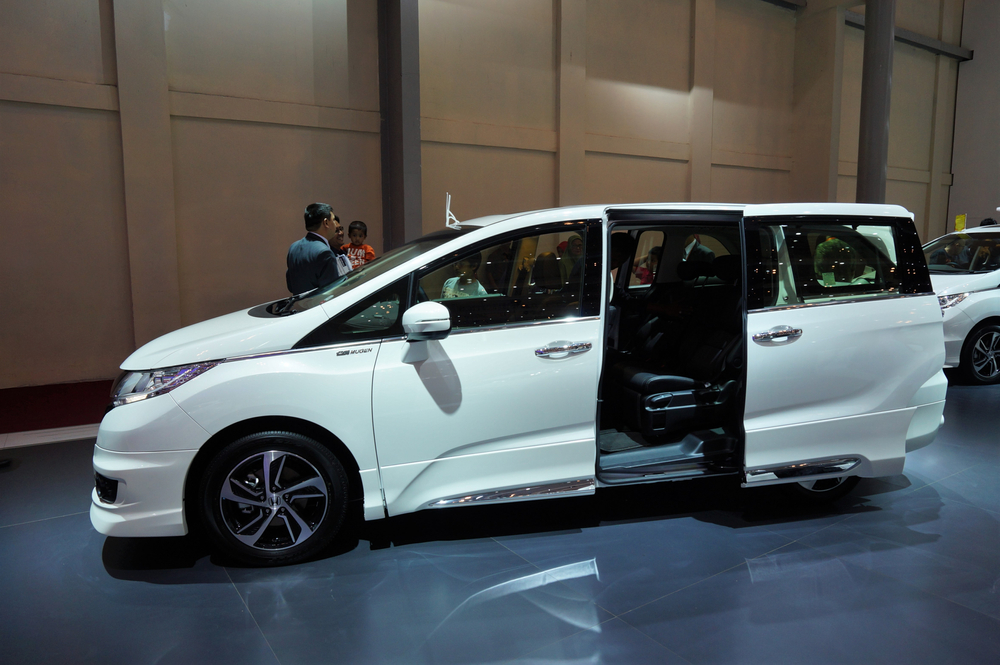
When shopping for a used car, reliability is key. While Honda is known for producing dependable vehicles, some models have proven to be less reliable over time. Read More.
10 Iconic Chevrolet Cars Defining American Automotive Excellence
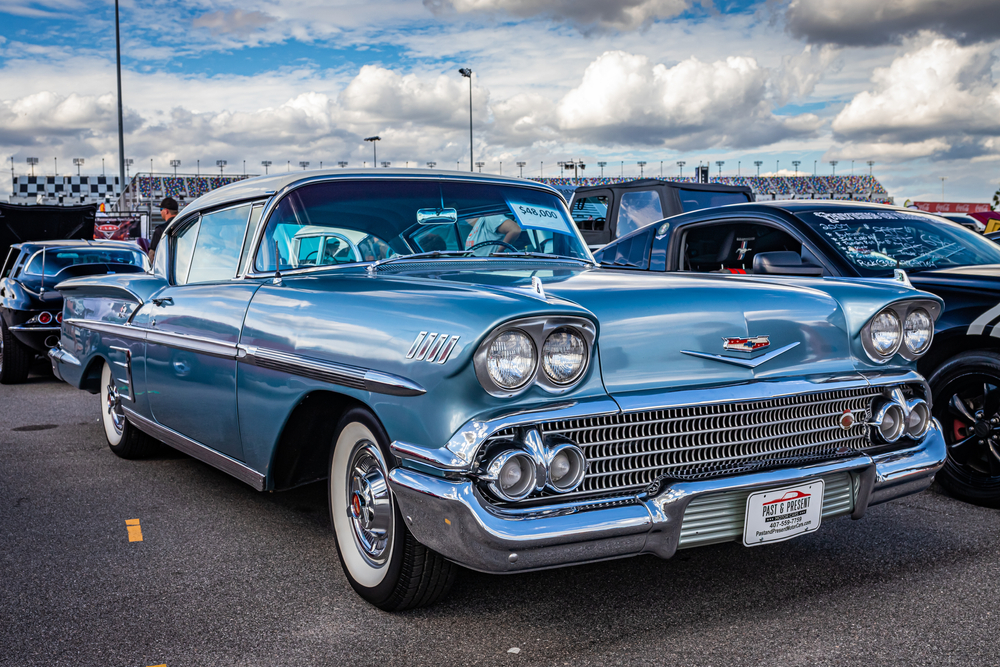
Chevrolet, a marque that’s as American as apple pie, has been at the forefront of the automotive industry for over a century. With a vast array of models that have rolled off its assembly lines, certain cars have left indelible marks on the highways of history. Read More.

